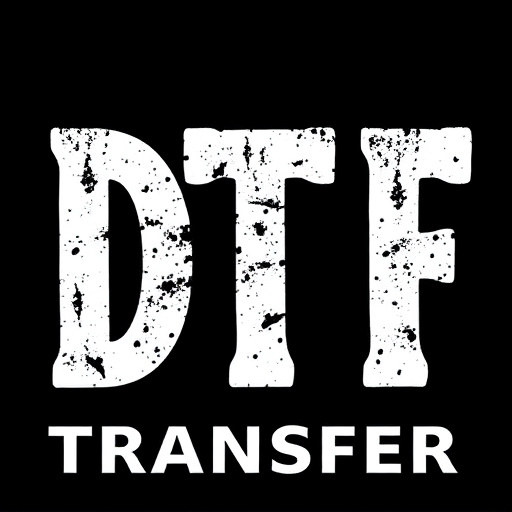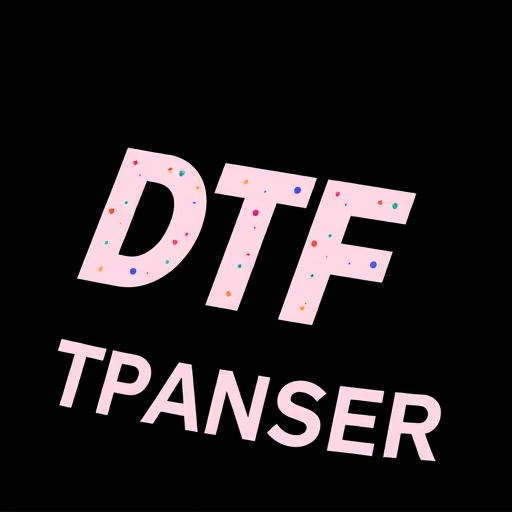Direct-to-film (DTF) technology revolutionizes design and printing with its direct ink application onto surfaces like vinyl or fabric. Leveraging advanced imaging software for precise color control, DTF delivers stunning visual effects across various applications, from apparel to signage. This cost-effective, versatile method suits short-run productions and custom orders, appealing to professionals and hobbyists. The right materials, such as cotton/linen or polyester fabrics and vibrant inks, ensure optimal print quality. DTF's ability to reproduce complex colors and patterns transforms fashion and art industries, offering impactful printing solutions for modern consumers.
Direct-to-film (DTF) technology has revolutionized the way vibrant, multi-colored designs are created across various industries. This innovative process allows for precise, high-quality printing directly onto materials like fabric, metal, and wood, enabling artists and designers to unlock a world of creative possibilities. In this article, we explore DTF Transfer, its advantages, material choices, design techniques, application methods, and real-world case studies that highlight the transformative potential of DTF Printing for fashion, art, and beyond.
- Understanding Direct-to-Film (DTF) Technology: A Brief Overview
- The Advantages of DTF Transfer for Creating Vibrant Designs
- Choosing the Right Materials for DTF Printing: Fabric and Ink Options
- Unlocking Creativity: Designing Multi-Colored Patterns with DTF
- Application Methods for Optimal DTF Prints
- Case Studies: Successful Implementation of DTF in Fashion and Art
Understanding Direct-to-Film (DTF) Technology: A Brief Overview
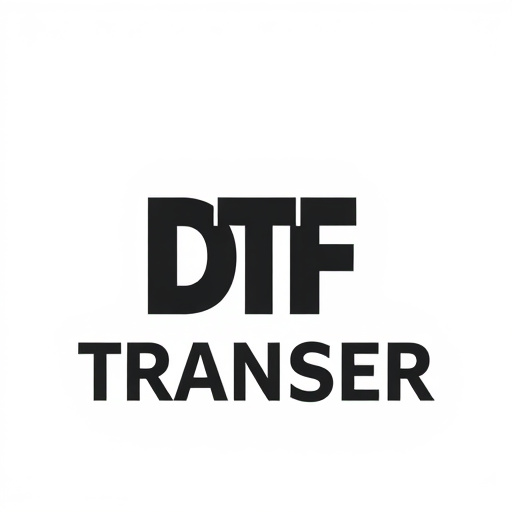
Direct-to-film (DTF) technology is a cutting-edge printing method that has revolutionized the way we create vibrant multi-colored designs, especially in the production of DTF transfers and DTF prints. This innovative process eliminates the need for traditional film positives, enabling direct application of ink onto various surfaces. By using advanced imaging software, DTF allows for precise control over color and detail, resulting in stunning visual effects.
The DTF printing process involves exposing a flexible substrate, such as vinyl or fabric, to an image created digitally. This exposure hardens the ink in specific areas, allowing for precise transfer of the design onto various materials. Whether it’s appliques, clothing, signage, or decor, DTF technology offers unparalleled versatility and quality. With its ability to produce rich, vibrant DTF prints, this method has become a favorite among professionals and hobbyists alike, fostering creativity and enabling folks to bring their designs to life in a truly remarkable way.
The Advantages of DTF Transfer for Creating Vibrant Designs

The Direct-to-Film (DTF) transfer technology is a game-changer for creating vibrant, multi-colored designs on various surfaces. One of its significant advantages is the ability to produce rich, accurate colors with exceptional opacity, ensuring each design pops and comes alive. DTF offers a precise printing method, allowing for intricate details and fine lines, which is perfect for artistic and complex patterns. This technology enables designers and manufacturers to achieve exceptional results without compromising on quality or vibrancy.
Additionally, DTF transfer provides a cost-effective solution for short-run production or custom orders. It eliminates the need for expensive set-up costs associated with traditional printing methods, making it accessible for small businesses and individual artists. With quick turnaround times and the ability to print on demand, DTF Printing ensures that designs can be swiftly brought from concept to physical product, catering to today’s fast-paced market demands.
Choosing the Right Materials for DTF Printing: Fabric and Ink Options

When it comes to choosing materials for DTF (Direct-to-Film) printing, the key is to select options that offer both exceptional quality and durability. For fabric, consider natural fibres like cotton or linen, which allow ink to adhere smoothly and provide a soft, comfortable finish. Synthetic fabrics like polyester can also be suitable, offering longevity and resistance to fading. The choice ultimately depends on the intended use of the final product—whether it’s apparel, home decor, or something else entirely.
Ink selection is another critical aspect. DTF printing requires specialized inks designed for direct application onto various surfaces. Look for high-quality, vibrant inks that offer excellent color accuracy and fast drying times. Water-based and UV-curable inks are popular choices due to their eco-friendly nature and ability to produce rich, long-lasting prints. Ensure the ink is compatible with your DTF transfer process to guarantee optimal results.
Unlocking Creativity: Designing Multi-Colored Patterns with DTF
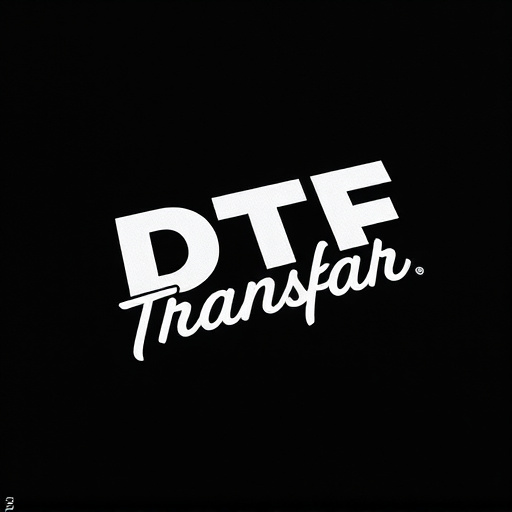
Direct-to-film (DTF) technology has unlocked a world of creative possibilities for designing multi-colored patterns on various surfaces, from textiles to signage. This innovative printing method allows artists and designers to bring their most vibrant visions to life with ease. With DTF Transfer, creating intricate, eye-catching prints is simple; it involves directly applying ink to the film, enabling a seamless transfer to the desired medium.
Using DTF Printing, creatives can achieve complex color combinations and unique patterns that were once time-consuming or even impossible with traditional methods. Whether for fashion, interior design, or promotional materials, DTF Prints offer an endless palette of colors, allowing designers to explore and experiment without limitations. This technology has truly revolutionized the way we approach multi-colored designs, fostering a new era of artistic expression in the digital age.
Application Methods for Optimal DTF Prints
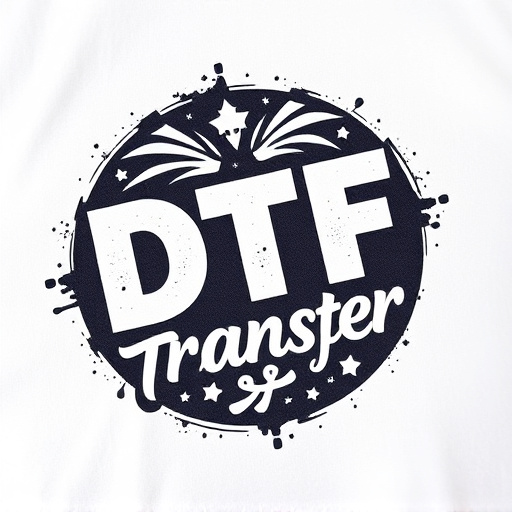
Direct-to-film (DTF) technology offers a versatile method for creating vibrant multi-colored designs on various surfaces. To achieve optimal DTF prints, understanding and utilizing the right application methods are crucial. One effective approach is to use a DTF transfer, which involves applying a thin layer of adhesive-backed film containing the design directly onto the target surface. This technique ensures precise color reproduction and crisp details.
For best results, the surface should be clean, smooth, and free from any debris or oils. Pre-treating the material with a suitable primer can also enhance adhesion. After applying the DTF transfer, heat is used to activate the adhesive, allowing the design to bond securely with the substrate. This method is particularly well-suited for creating eye-catching graphics on materials like t-shirts, mugs, and even signs, offering a cost-effective and efficient way to produce high-quality DTF prints.
Case Studies: Successful Implementation of DTF in Fashion and Art

Direct-to-film (DTF) technology has successfully made its mark in both fashion and art industries, showcasing the versatility and impact of this innovative printing method. In the realm of fashion, designers have embraced DTF to create eye-catching garments with vibrant multi-colored designs. Case studies reveal that brands have used DTF transfers to achieve intricate patterns and unique styles, appealing to modern consumers’ desire for individuality and self-expression. For instance, a leading streetwear label utilized DTF printing on limited-edition t-shirts, featuring bold graphics that set them apart in the market.
In the art world, artists are exploring DTF to bring their creative visions to life. The technology allows for precise reproduction of fine art, illustrations, and even photographic images directly onto various surfaces. Art exhibitions have displayed stunning DTF prints, ranging from canvas paintings to unique paper artifacts. This method has democratized art production, enabling independent artists to produce high-quality limited-edition pieces, increasing their accessibility and appeal to a broader audience.









